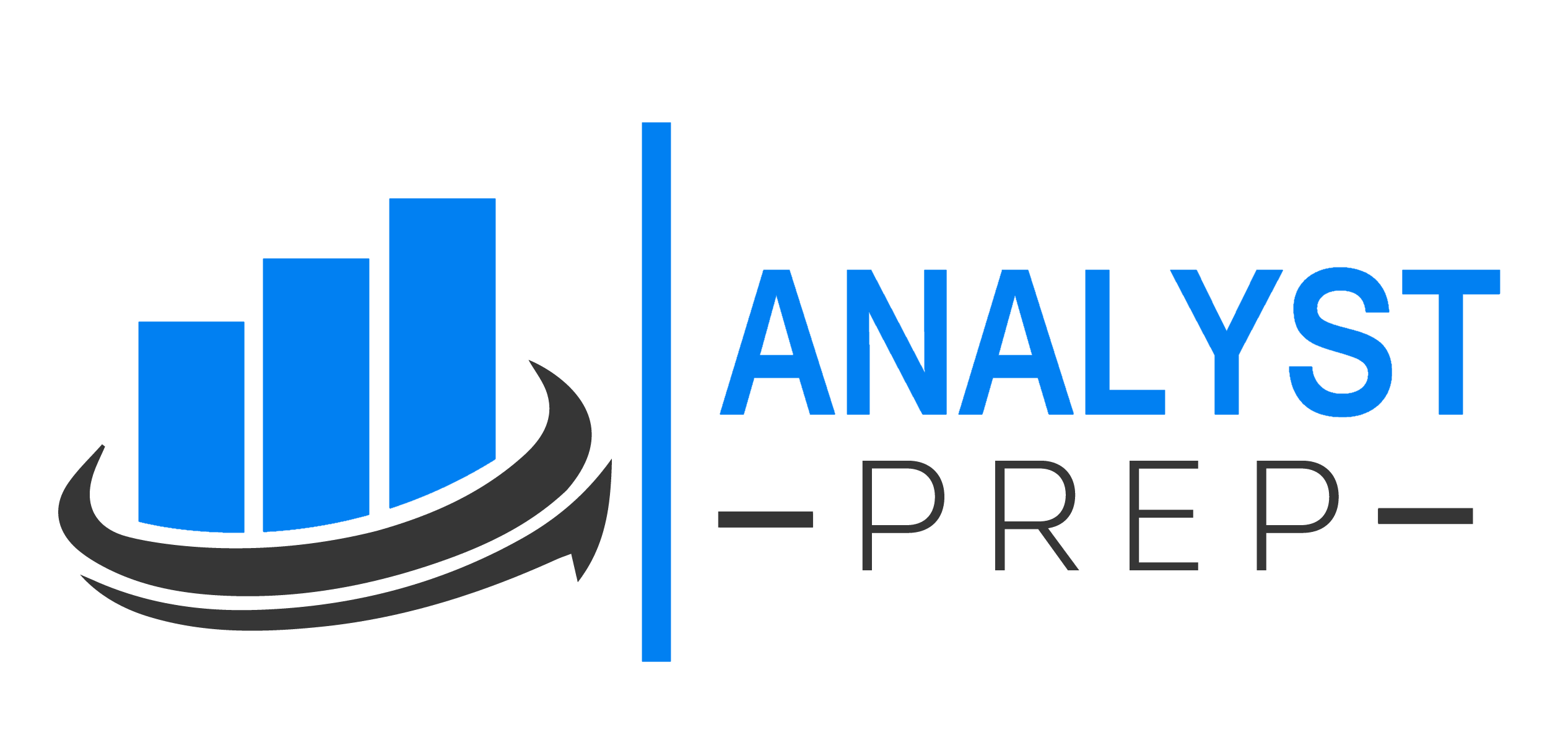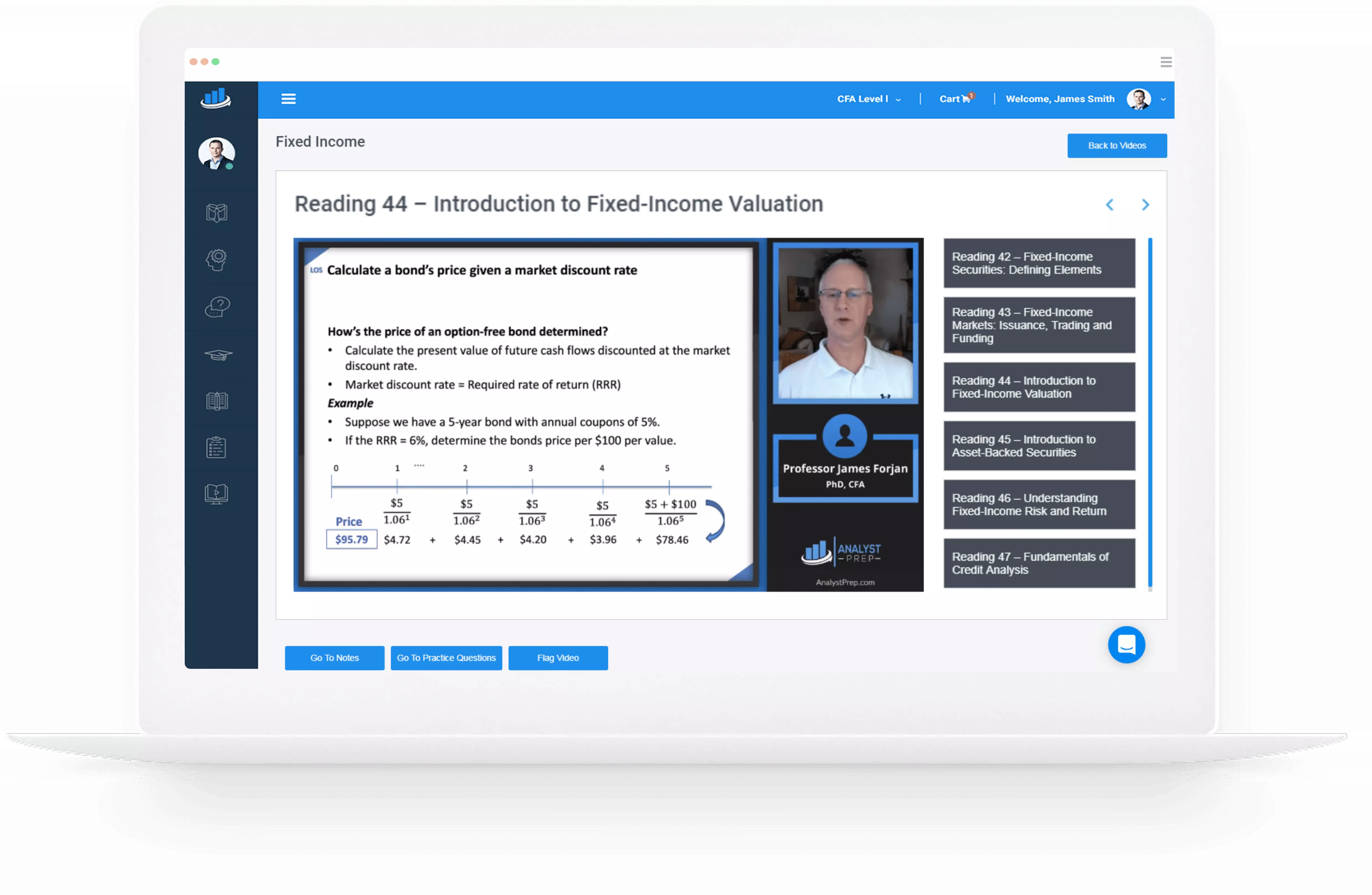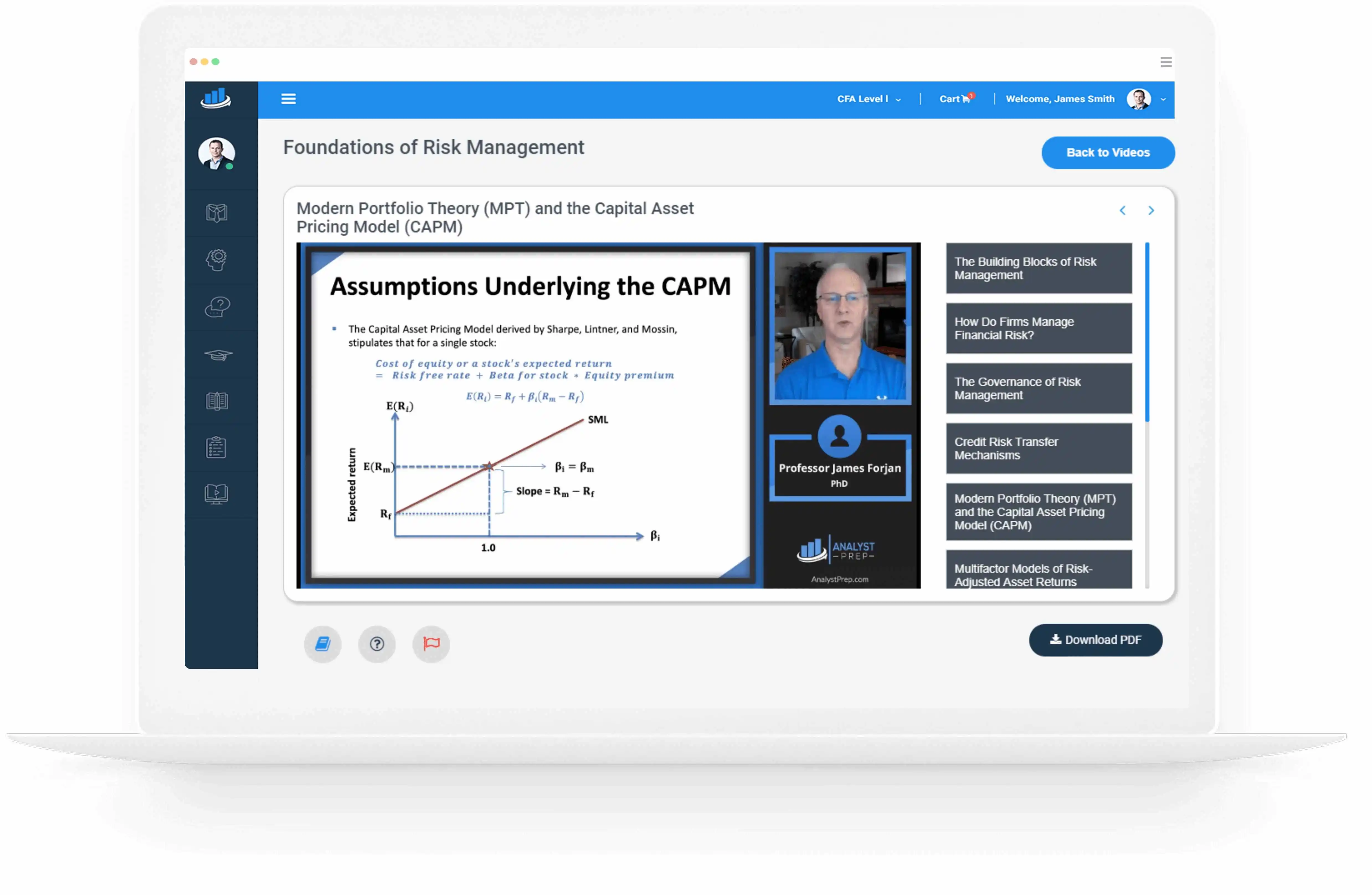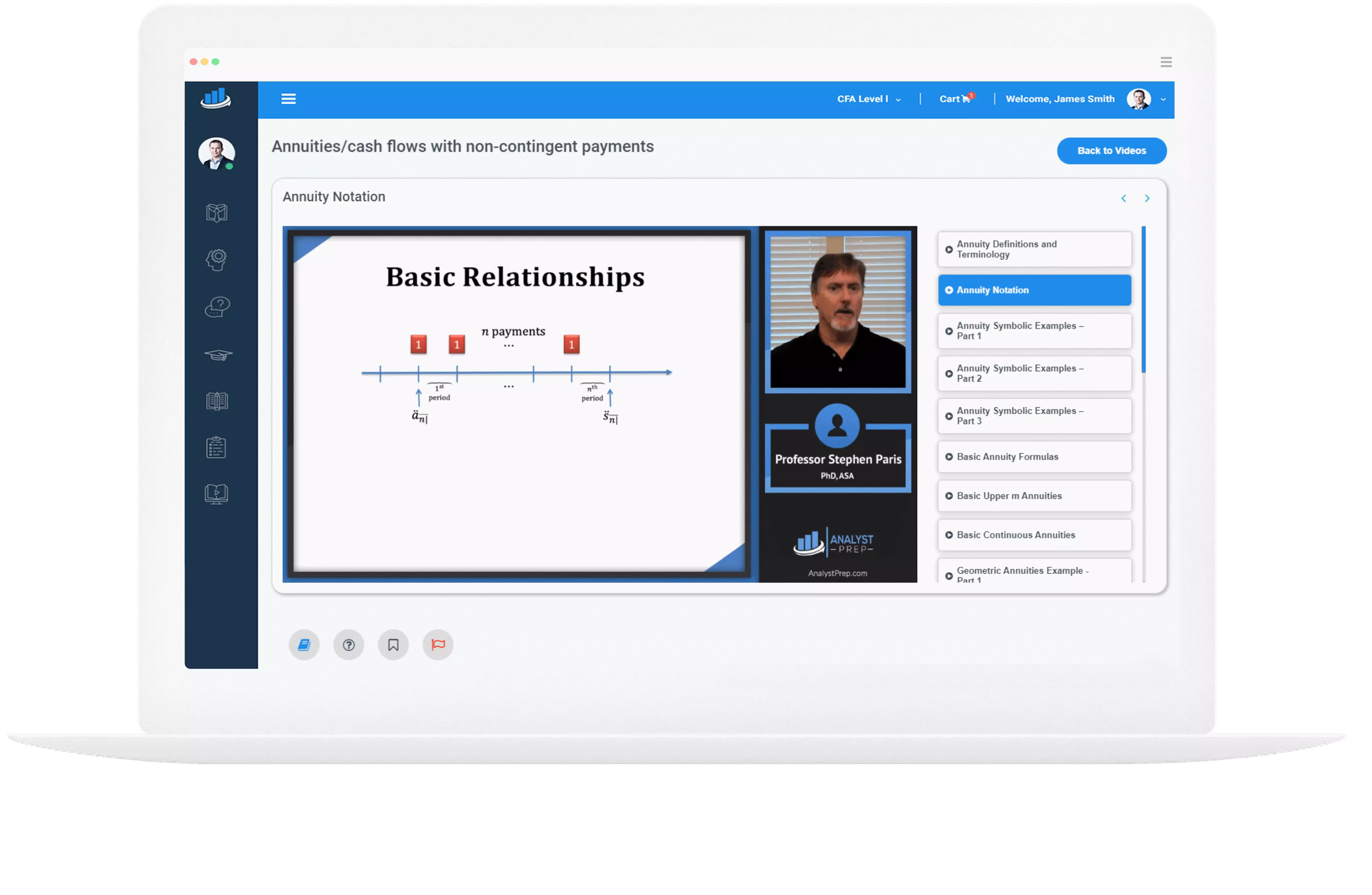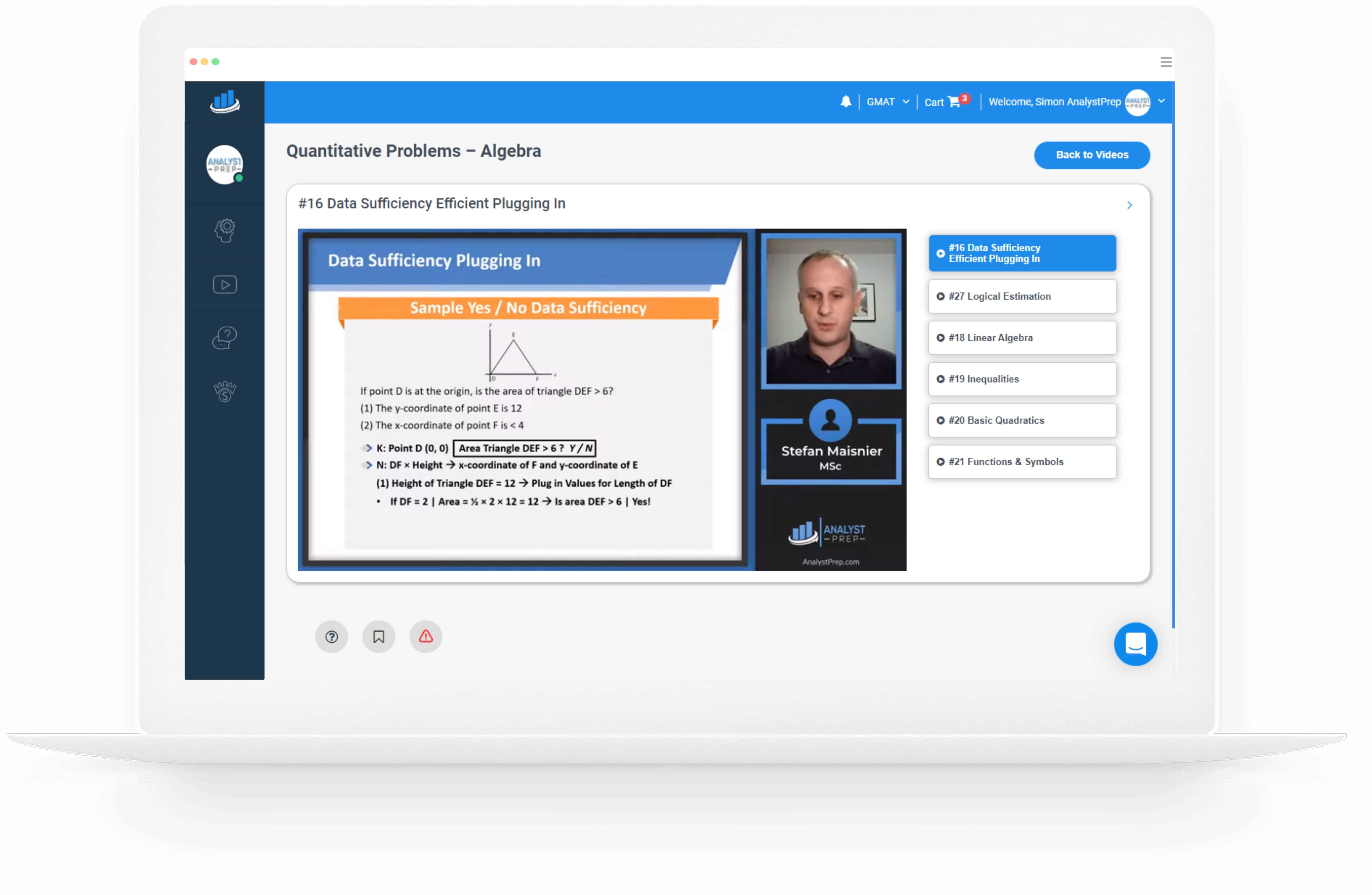
Risk Monitoring and Performance Measurement
After completing this reading, you should be able to: Define, compare, and contrast VaR and tracking error as risk measures. Describe risk planning, including its objectives, effects, and the participants in its development. Describe risk budgeting and the role of…

Alpha (and the Low-risk Anatomy)
After completing this reading, you should be able to: Describe and evaluate the low-risk anomaly of asset returns. Define and calculate alpha, tracking error, the information ratio, and the Sharpe ratio. Explain the impact of benchmark choice on alpha, and…

Portfolio Construction
After completing this reading, you should be able to: Distinguish among the inputs to the portfolio construction process. Evaluate the methods and motivation for refining alphas in the implementation process. Describe neutralization and methods for refining alphas to be…
Liquidity and Leverage
> After completing this reading, you should be able to: Differentiate between sources of liquidity risk and describe specific challenges faced by different types of financial institutions in managing liquidity risk. Summarize the asset-liability management process at a fractional reserve…

Factors
After completing this reading, you should be able to: Describe the process of value investing and explain the reasons why a value premium may exist. Explain how different macroeconomic risk factors, including economic growth, inflation, and volatility affect risk premiums…

Backtesting VaR
After completing this reading, you should be able to: Describe backtesting and exceptions and explain the importance of backtesting VaR models. Explain the significant difficulties in backtesting a VaR model. Verify a model based on exceptions or failure rates. Identify…
Counterparty Risk and Beyond
After completing this reading, you should be able to: Describe counterparty risk and differentiate it from lending risk. Describe transactions that carry counterparty risk and explain how counterparty risk can arise in each transaction. Identify and describe institutions that…

Illiquid Assets
After completing this reading, you should be able to: Explain the essential features of illiquid markets. Explain the effects of market imperfections on illiquidity. Assess the effects of biases on the reported illiquid asset returns. Explain the Geltner-Ross-Zisler unsmoothing process…
Financial Correlation Modeling – Bottom-Up Approaches
After completing this reading, you should be able to: Explain the purpose of copula functions and the translation of the copula equation. Describe the Gaussian copula and explain how to use it to derive the joint probability of default of…

Empirical Properties of Correlation: Behaviors of Correlation in the Real World
After completing this reading, you should be able to: Describe how equity correlations and correlation volatilities behave throughout various economic states. Calculate a mean reversion rate using standard regression and calculate the corresponding autocorrelation. Identify the best-fit distribution for equity,…
